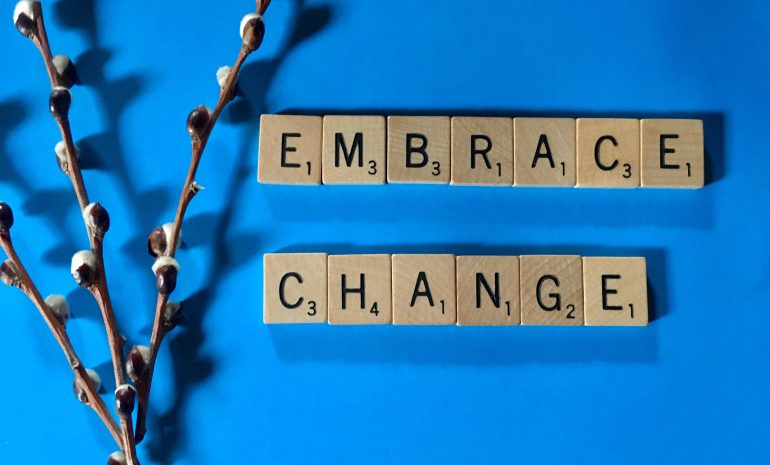The naming of the concepts and roles in IT development seems random and confusing to many. If you’re also often unsure, you are really not alone. We prepared a brief overview of the main differences among the most mixed-up roles with a commentary on how we work with them in Siesta.
Product owner
Product owner represents project stakeholders and ensures that the project delivers value to them. They are the one making decisions about the product priorities, they define requirements and articulate user stories for the development team.
In Scrum, Product owner shares the Project manager’s responsibilities and tasks with the Scrum master and the development team. The development team is self-organized, the Scrum master coaches the whole team to follow Scrum principles and values and the Product owner can thus focus on prioritizing the product backlog and maximising the product value.
The Product owner role is specific to Scrum and cannot be used in other frameworks or methodologies. In Siesta, since we don’t work with pure Scrum, we don’t employ the Product owner position in our projects. Often though we have the role of Product sponsor.
Project sponsor
Project sponsor is typically a senior executive who provides support, guidance and resources to the project. They oversee the project from the business perspective and make sure the project has sufficient resources in terms of funding and people. They drive the project forward and do a sort of quality assurance in approving the product.
In Siesta, this role is filled by our CEO Mikolas who is well fit to oversee projects from both technical and business perspectives.
Scrum master
Scrum master’s main role is to manage the implementation of Scrum Framework. They help people (project team, stakeholders) understand and adopt Scrum practices and values. Scrum master’s position is often described as servant-leader because they serve the team and everyone included in the scrum development process but they also lead by example.
Scrum assumes a specific team functioning. The development team must be advanced in self-management since they don’t have a project manager to lead the project and take care of tasks allocation and progress monitoring. Scrum master supports Product owner in their role of driving the product development and increasing its value.
Because Scrum is generally more suitable for bigger teams (5-10) people, we rather employ Agile principles to our projects and have them led by project managers.
Project manager
Project managers in agile, hybrid or waterfall projects manages the team and development progress both from the high level and the daily perspective. If you’re interested in finding out more about the role and work of Project manager, see this article where we uncovered how we in Siesta manage our projects and what it means for you as a client.
| SCRUM MASTER | PROJECT MANAGER | PRODUCT OWNER | |
| FOCUS | on team members | on project delivery | on increasing value delivered to users |
| ROLE | serves as a teacher, coach, facilitator and servant-leader | serves as a project leader | represents the stakeholders |
| KEY RESPONSIBILITIES | guides the team through Scrum principles and events | plans, organizes, reports, owns the business case | manages and prioritizes backlog |
| KEY TASKS | removes impediments, facilitates Scrum events, resolves conflict, suports PO | plans high-level progress and daily tasks, monitors progress, estimates cost, controls quality | writes user stories, manages product roadmap |
| SKILLS | communication, coaching, mentoring | communication, leadership, decision-making, organization, time management | communication, negotiation, collaboration, time management, decision-making, analytical skills |
As you see, the required skillset for Scrum master, Project manager and Product owner roles overlaps highly. Their role and responsibilities are different and complementary though and do not overlap at all.
If you come up with any questions or comments, please do get in touch with us. We’re always interested to hear new thoughts and ideas.


